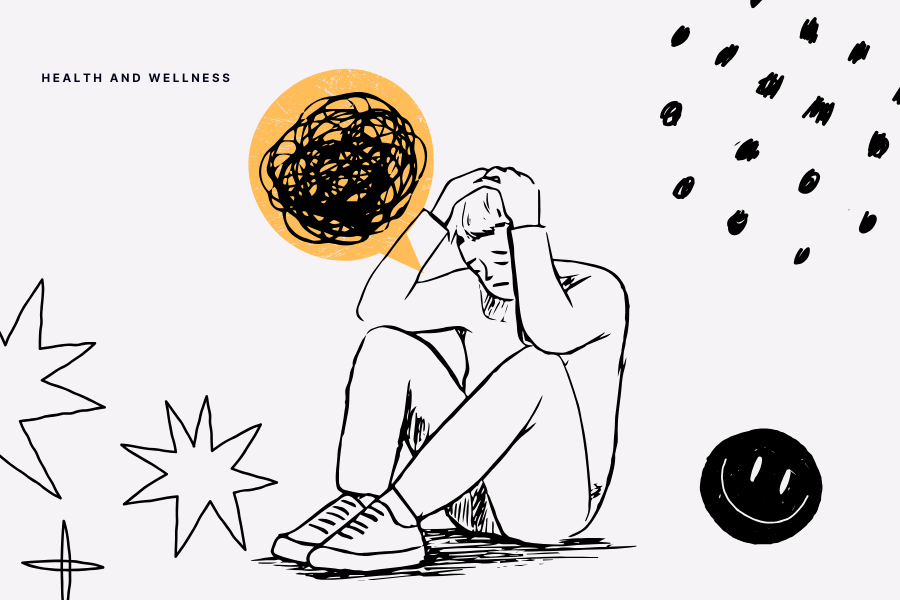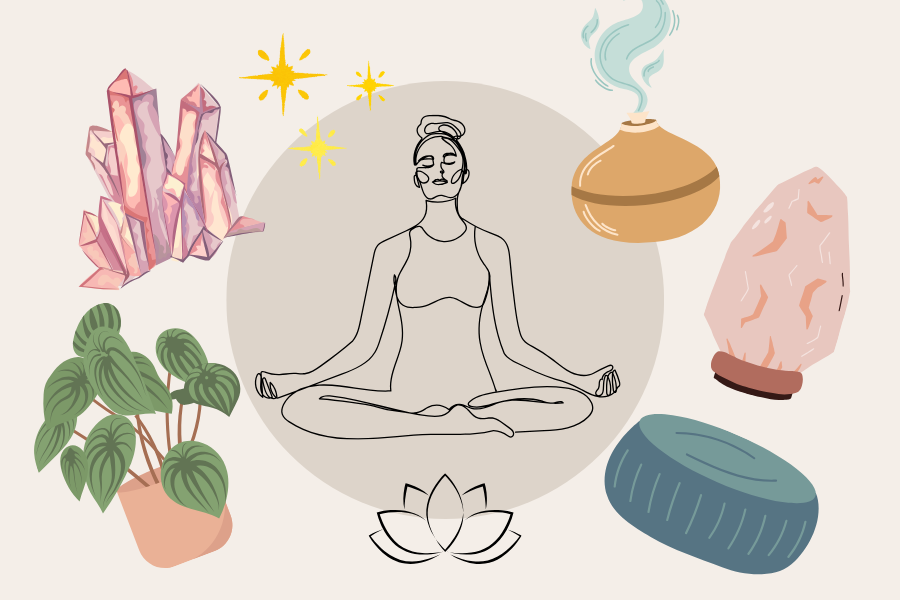Cortisol, often referred to as the “stress hormone,” is essential for regulating metabolism, blood pressure, and the body’s response to stress. However, when cortisol levels remain elevated for prolonged periods, it can lead to fatigue, weight gain, anxiety, and even immune suppression.
During a particularly demanding chapter in my professional life, I found myself constantly fatigued and emotionally drained. After some research and trial-and-error, I discovered several natural strategies that helped me regain balance. Here are five scientifically supported methods to lower cortisol naturally that worked for me—and may work for you too.
1. Prioritize Quality Sleep to Lower Cortisol Naturally
A study published in the Journal of Clinical Endocrinology & Metabolism found that even one night of sleep deprivation can significantly elevate cortisol levels the next evening (Leproult et al., 1997).
In my past job, I had really long working hours that I had insufficient sleep and I told myself that my performance would do just fine. But the grogginess, irritability, and lack of focus told a different story. Once I committed to a consistent bedtime and created a calming pre-sleep routine and sleeping environment, my energy and mood improved dramatically.
Practical Tips to Lower Cortisol Naturally:
- Aim for 7–9 hours of uninterrupted, quality sleep. (yes, not only the quantity, the quality of sleep matters)
- Stick to a consistent sleep schedule—even on weekends.
- Avoid screens at least an hour before bed.
- Try herbal teas like chamomile, lavender or magnesium-rich snacks like almonds to promote relaxation.
Check out our Sleep Better Guide if you would like more tips on how to create the best environment for deep sleep.
2. Engage in Moderate Physical Activity to Lower Cortisol Naturally
A study published in the Journal of Exercise and Nutrition found that prolonged aerobic exercise, particularly at higher intensities, increases cortisol concentrations more than resistance exercise of similar duration and intensity.
I used to do intense HIIT or cardio almost daily, believing more sweat meant better results. However, this left me exhausted. After experiencing chronic fatigue, I learned the importance of rest for muscle growth. Now, I take rest days and incorporate long walks and yoga twice a week, which helps me feel balanced and less stressed.
Practical Tips to Lower Cortisol Naturally:
- Aim for 30–45 minutes of moderate exercise most days and include rest days in your schedule.
- Include low-impact activities like yoga or swimming.
- Listen to your body—rest is just as important as movement.
3. Practice Mindfulness and Deep Breathing to Lower Cortisol Naturally
Mindfulness meditation has been shown to significantly reduce cortisol levels, as demonstrated in a meta-analysis published in the Clinical Psychology Review.
Initially, I was skeptical. Sitting still and focusing on my breath felt unnatural. But after a few weeks of consistent practice, I noticed a profound sense of calm and clarity. This is especially noticeable when I had a period of anxiety when life was particularly stressful. It calms my mind. If you haven’t tried yet, start with box breathing. It is a simple, yet effective way for beginners to try out mindfulness.
Practical Tips to Lower Cortisol Naturally:
- Start with 5–10 minutes of deep breathing or meditation daily. See below for a beginner guided meditation for deep relaxation.
- Use apps like Calm or Headspace for guided sessions.
- Try the 4-4-4-4 box breathing technique: see below video for a guided session.
4. Limitation and Timing of Caffeine to Lower Cortisol Naturally
Caffeine stimulates cortisol production—especially when consumed in high doses or during stressful periods. According to a research, caffeine can elevate cortisol depending on your sensitivity and timing of intake.
Previously, I would consume a cup of coffee on an empty stomach before my morning workout; however, I consistently found myself underperforming during these sessions. Upon switching to a protein shake instead of coffee, I experienced a marked improvement in my workout performance due to the energy provided by the shake. Additionally, I felt less stressed post-workout and observed better recovery.
Practical Tips to Lower Cortisol Naturally:
- Limit caffeine to 1–2 cups of coffee (200–300 mg) per day.
- Avoid caffeine after 2 PM to protect your sleep and cortisol rhythm.
- Try green tea—it contains L-theanine, which may help reduce cortisol spikes.
- Always pair caffeine with food to avoid blood sugar crashes.

5. Foster Social Connections to Lower Cortisol Naturally
A comprehensive study discovered that individuals with robust social support networks exhibited significantly lower cortisol responses to stress, underscoring the substantial impact of social connections on our physiological stress levels
During one of the most stressful periods of my life, I made a conscious effort to reconnect with close friends and family. Even something as simple as a 10-minute phone call or a walk with a family or friend helped me feel more grounded and less overwhelmed. Give this tip a try. This action is powerful.
Practical Tips to Lower Cortisol Naturally:
- Schedule regular catch-ups with friends or family—even short ones count.
- Join a local class or group activity to meet like-minded people.
- Make time for meaningful conversations, not just small talk.
Final Thoughts on How to Lower Cortisol Naturally
Lowering cortisol naturally isn’t about perfection—it’s about making small, consistent choices that support your body and mind. Whether it’s getting better sleep, moving your body in a way that feels good, or nourishing yourself with balanced meals, each step adds up. These strategies have helped me feel more grounded, energized, and resilient—and I truly believe they can do the same for you.





